Concern for the environment is a major driver of Intercreate projects
This is partly due to global warming and species loss, and is also due to our engagement with indigenous groups, for whom the environment is of urgent concern. This has resulted in projects in our local botanic garden, and partner projects that involve interdisciplinary approaches and indigenous peoples. Our main cultural partner is Te Matahiapo Indigenous Research Organisation.
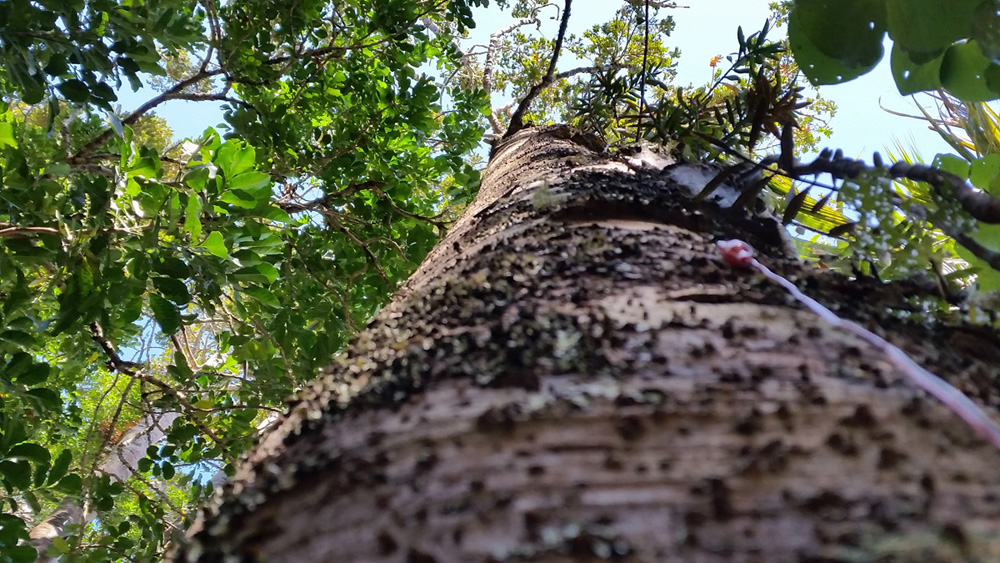
Kauri flow by Ian Clothier, Andrew Hornblow and Nina Czegledy connected live data from diseased and healthy kauri to audio on our website
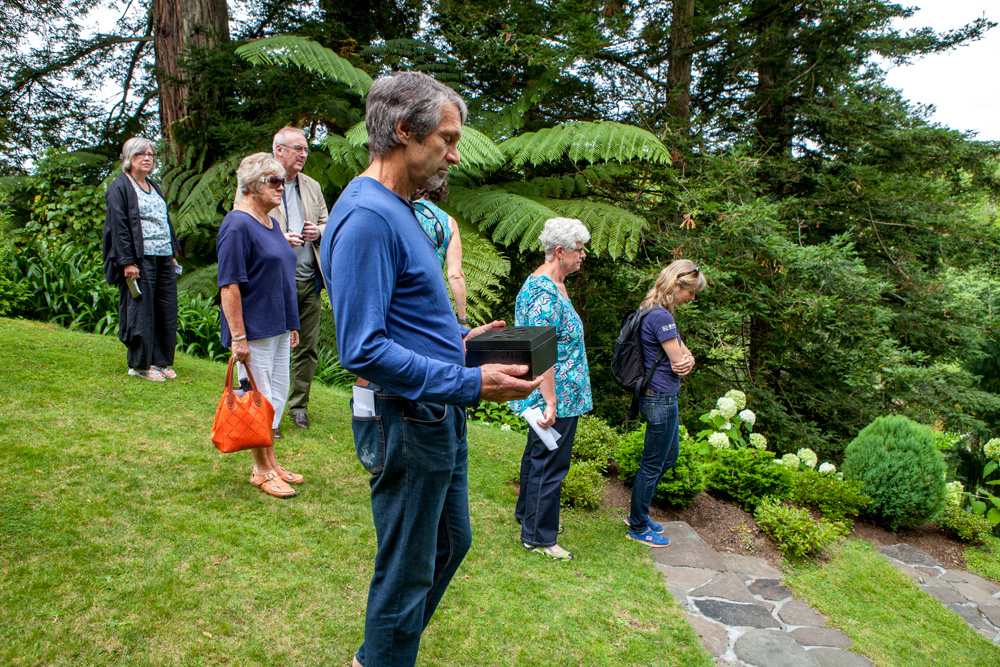
River resonations by Trudy Lane located the voices of people talking about the Waiwhakaiho River, in the gardens of Tupare House.
The interdisciplinary Sharing the Waiwhakaiho was a joint project with Intercreate and Massey University. Components of the project included the stories of locals, interviews with farmers and geologists, a documentary, a suite of creative projects and a website.

reload_synch_refresh by Darko Fritz, a SCANZ 2013 project which was permanently installed in Pukekura Park, Nga Motu New Plymouth, pointing to the need to refresh our relationship with the environment
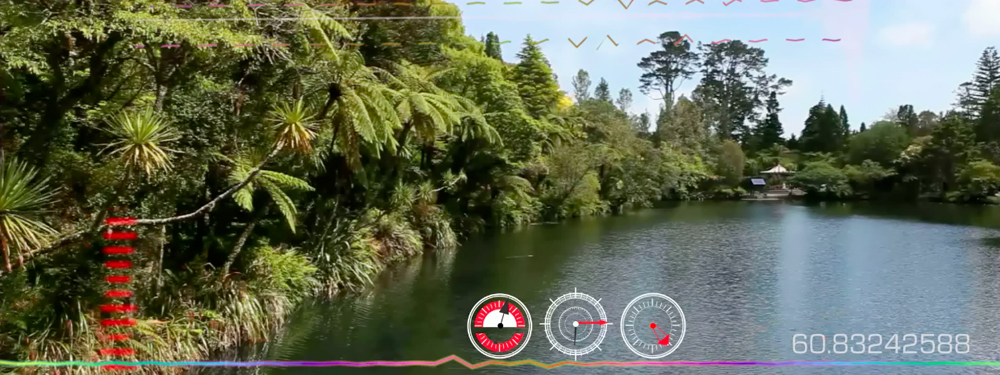
Intercreate has a permanently installed data sensor to internet connection in Pukekura Park, first used for the project The Park Speaks above.
Collaborators on The Park Speaks were Ian Clothier (system concept), Julian Priest, Andrew Hornblow, Adrian Soundy, Aafke Visser, Mark Dwyer, Aafke Visser, Peter Wareing and Jock McQueenie.
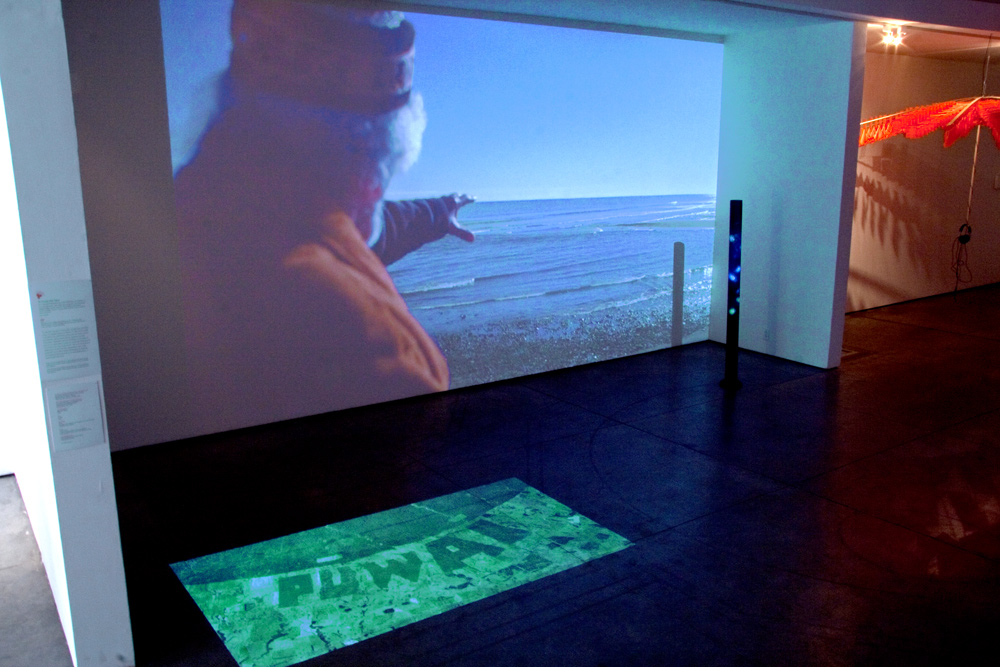
The data to internet to control audio system, built for The Park Speaks was used for Wai, exhibited in Albuquerque as part of ISEA 2012.
Wai was a milestone in our collaboration with Te Matahiapo. Following the direction given by Dr Te Huirangi Waikerepuru, we endeavoured to involve local indigenous groups. Via Jo Tito we were put in contact with Gordon Bronitsky, who was able to establish links for us to Navajo or Dineh people. This resulted in Andrew Thomas contributing the audio that was heard, and Johnson Dennison, a Navajo Medicine Man contributing to our tomo whakaari (dawn opening ceremony). This was an extraordinary event.
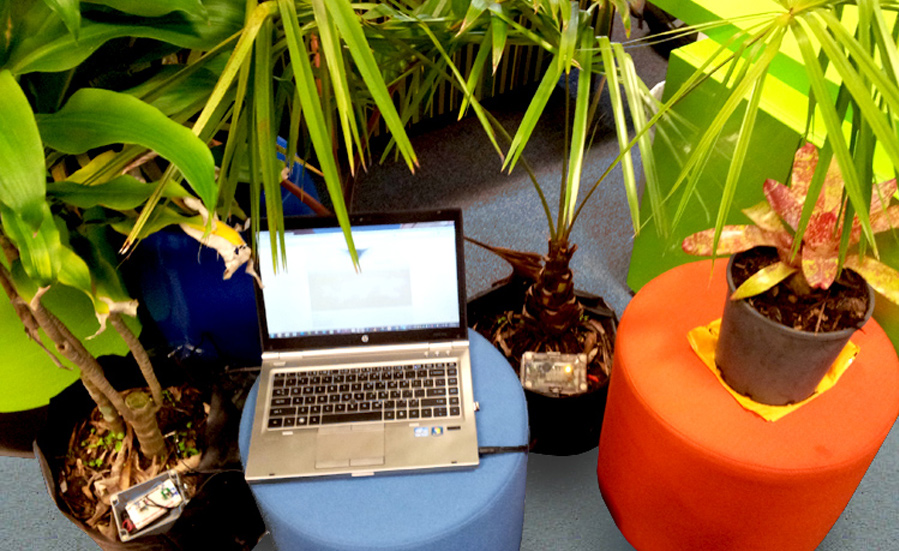
This is the test set up in Noosa Australia, where we connected the plant on the left and a tree in New Zealand to our project website and their live voltage data to control audio files.
Using the system established for The Park Speaks we tested connecting across the Tasman sea, joining Australia and New Zealand in one integrated creative system. Trans-Tasman integration project has become World Tree Orchestra which seeks to connect trees globally.
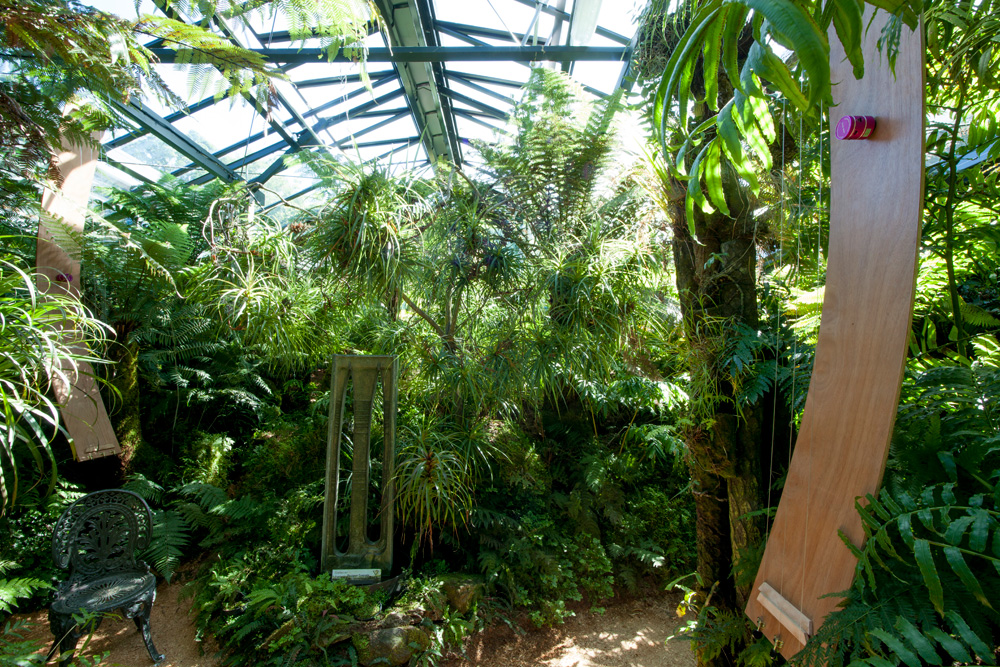
Layers of audio by Nigel Helyer referenced multiple notions of underworld and filled one end of the Fernery in Pukekura Park botanic garden.
The above project by Nigel Helyer Songs from the Underworld, was received postively by visitors to the Fernery in Pukekura Park, and adopted by the staff who maintain the park and the Fernery. Some of the audio included chanting by members of Te Matahiapo, in a work that engaged with ideas of the Underworld, in both Western cultural and Maori terms. This was a SCANZ 2013 project.
